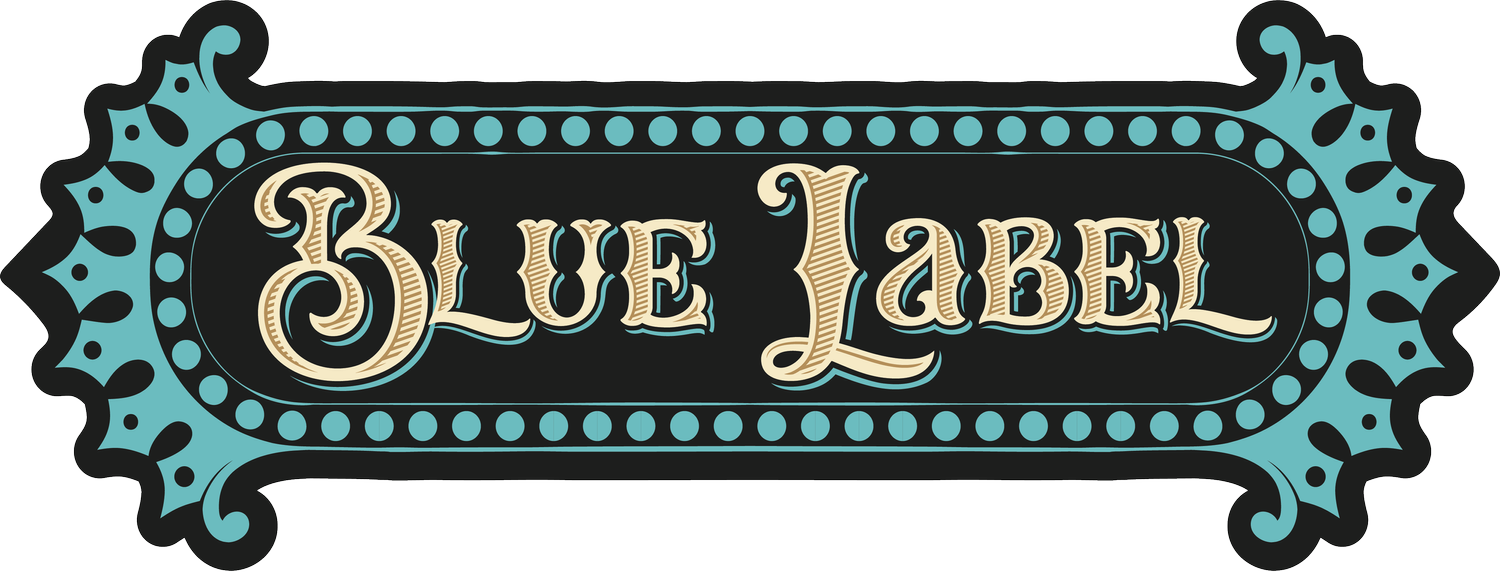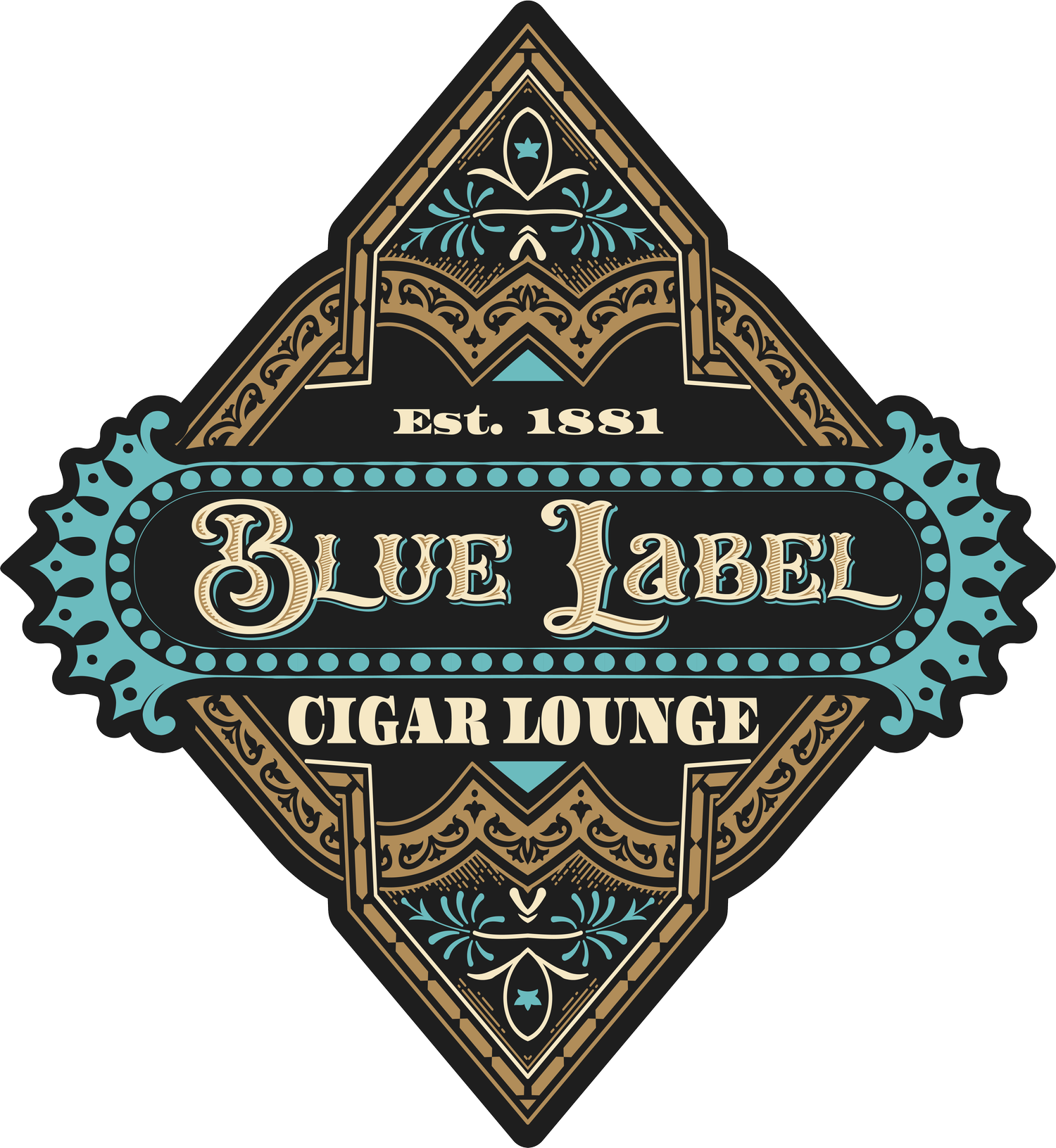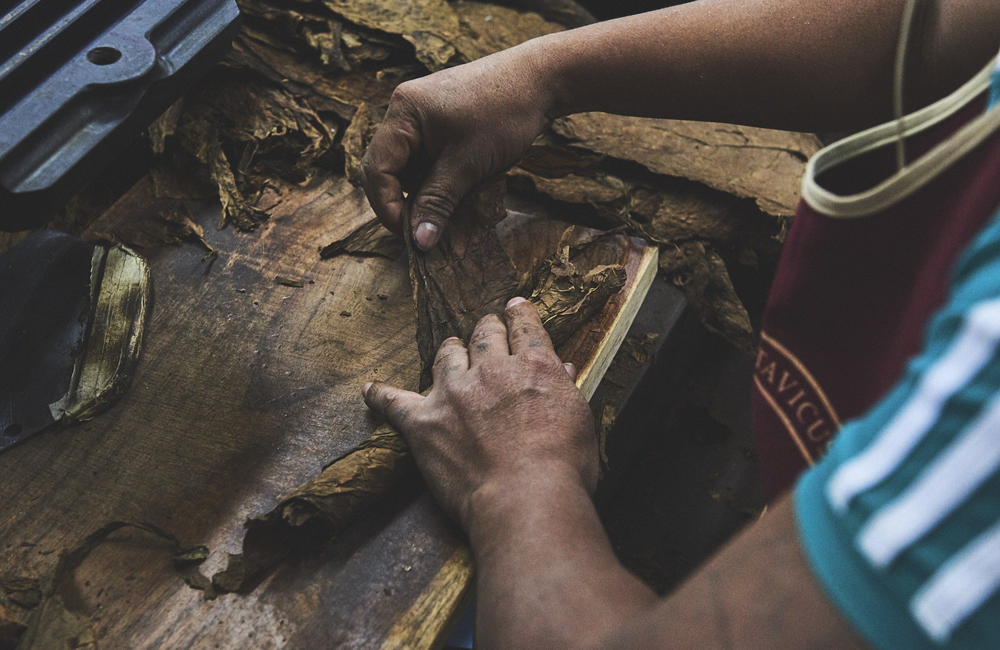Lancero Cigars:
A top tier roller processing tobacco for a Lancero cigar.
The Connoisseur's Choice
Ultimate Guide to History, Flavor, and Top Picks.
Discover the Lancero cigar, prized for its slim elegance and complex flavors. Learn why connoisseurs love these sophisticated vitolas.
By Kai Beluso - September 2024
Although the Robusto and Toro cigar sizes continuously dominate the cigar market, there is a developing trend toward older and more elegant sizes, with a growing interest in the Lancero. While the Lancero is somewhat of an overlooked and undervalued cigar in the general community, this vitola is highly sought after by many cigar enthusiasts who understand its nature to bring out specific flavors. In the following blog post, I will try to demystify the nuances that make the Lancero cigar a favorite among aficionados.
1. Introduction: What Makes Lancero Cigars Special?
Definition and unique characteristics
Brief history and origin
What Is a Lancero Cigar?
The Lancero cigar is a specific vitola (shape & size) under the panatela category, but its’ distinguished feature measures 7.5 inches long with a 38-40 ring gauge, making it unique in the cigar industry. The Lancero is a relatively newer viola from El Laguito in the 1960s. Its slender size was not produced for marketing purposes but for personal consumption by Fidel Castro himself.
Today, factories use this cigar to display their construction prowess and skill while providing a prized alternative blend with a flavor emphasis on the wrapper and binder due to this vitola’s lower filler percentage.
2. The Art of Crafting Lanceros: A Blender's Challenge
Blending techniques specific to Lanceros
Why Lanceros are considered a test of a cigar maker's skill
A cigar roller starts the bunching process of building the cigar's filler.
Difficulties In Rolling & Blending
The challenges for this particular vitola lie in its construction. Due to the Lancero’s slim shape, precise construction is vital to ensure a good draw and an enjoyable experience.
The difficulty lies in their long, thin shape—the ultra-slim profile demands a precise bunching technique to ensure proper airflow, as even minor inconsistencies can lead to drawing issues or uneven burns—a significant disadvantage for enthusiasts to enjoy this vitola. Rollers must carefully balance the tobacco amount and avoid overfilling, leading to restricted airflow or splitting wrappers. The inverse is also true. The roller also worries about soft spots, leading to improper burning and canoeing.
Their predominately delicate wrapper leaf requires expert handling to prevent tearing during the application while achieving a perfectly pencil straight and symmetrical cigar. The cap on the narrow head is also a hurdle, where the limited space makes it extremely difficult to apply the 2 or 3 caps. This vitola is the true definition of skill. Furthermore, Lanceros leave little room for error in moisture content; if too dry, the cigar may burn too quickly; if too moist, it may not burn at all. The challenges Lanceros impose are the most time-consuming and labor-intensive cigars to produce, contributing to their elevated costs per ounce of tobacco and status among aficionados.
3. Flavor Profile: Why Aficionados Love Lanceros
Concentrated flavors due to thin ring gauge
Wrapper-to-filler ratio and its impact on taste
Blenders must carefully select and combine filler leaves, considering the Lancero's thin profile for the blend. The wrapper leaf choice becomes crucial, significantly influencing the overall character. Blenders often opt for more complex primings in smaller quantities to maintain flavor intensity without overpowering the construction. The art of Lancero blending also involves anticipating how flavors will evolve, ensuring a consistent yet engaging experience from start to finish. This intricate process showcases a blender's expertise, producing the most refined and nuanced cigars. This is why only the most experienced and seasoned rollers in a factory will be used to make production grade cigars.
4. Smoking a Lancero: Tips and Techniques
- Proper cutting methods
- Lighting techniques
- Pacing and draw control
Cutting a Lancero is delicate work; many cigar aficionados will attest to damaging their little friends. Their small head and fragile construction call for only a small flat cut or the tiniest punch on the cap. Make sure not to cut too deeply on the cap; this will cause unraveling, and with the small diameter, it will surely lead to a disaster.
The Lancero is a small ring gauge vitola and many times will not handle being over lit with a torch. Proper cigar lighting technique is key here. Start with toasting from a soft flame lighter (yellow flame = soft / blue flame = hard). Then, continue with a long, gentle draw as you finish lighting the foot. The smaller “cherry” of a Lancero is one of its secrets. With such a smaller ember, there is less heat to damage the tobacco or place too much stress on the blend, so a more delicate profile can be obtained.
This blend, while elegant, also has a few drawbacks, such as overheating. Puffing too fast or too often leads to bitter flavors and more heat. If you rest the Lancero too long between draws, this cigar shape will extinguish prematurely, affecting the cigar's relight. While Lanceros may burn faster than larger ring gauge cigars, they compensate with an intensity of flavor that appeals to experienced smokers seeking a sophisticated and flavorful cigar option.
5. Top Lancero Cigars to Try
Kai's other Lancero cigar picks of 2024. (left to right)
Cohiba - Riviera, Aladino - Classic, Cavalier - White Series, Trinidad - Espiritu No.1
In the last couple of years, I have become aware of a few more offerings in the market besides the established facings from Arturo Fuente and Monte Cristo. One manufacturer comes to mind right away: Aladino Cigars. Aladino has released a corresponding Lanceros alongside many of their Robusto and Toro blend facings, showing off the blends' characteristic Honduran-grown tobacco. If you are into a Cameroon wrapper, then the Aladino Cameroon is the choice. In my eyes, this blend is in its own league. No other cigar on the market focuses so much attention to the Cameroon flavor as this does. With notes of earth, spice, cedar, and mild pepper, this medium-strength cigar has a Cuban-esque flavor profile.
The Aladio, Cameroon Elegante cigar.
Another Lancero that you must try is the Tatuaje—El Triunfador Lancero. This slightly rough-textured, USA Broadleaf, medium to full-bodied cigar has complex notes of cocoa, coffee, leather, and just a hint of spice. This particular cigar has a special place in my heart for crisp fall mornings and a Julius Meinl Poesia coffee. At times these cigars feature a load of crystalizing on the wrapper that shows just how much pride and time My Father takes in crafting this cigar for Pete Johnson.
The Tatuaje - El Trunfador Lancero cigar.
6. Pairing Lanceros: Complementary Drinks and Foods
Beverage pairings (e.g., spirits, coffee, wine)
Food pairing suggestions
Here are a few points to remember when choosing a beverage to complement your Lancero. Firstly, like all pairings, you should have prior knowledge of the beverage and its characteristics. Other things to consider are time of day and temperature. If you are smoking outside in the cold, then a hot beverage, like tea or coffee, may be a better choice. Complexity is also of concern. Some alcoholic beverages with mild characteristics are better suited to pair with this type of cigar. Perhaps think wine or a light scotch. The more complex your beverage gets, the more you will overpower your cigar, thus losing the main focus of this blend, the wrapper, and binder flavors.
Personally, I use coffee when trying new Lanceros. Whether iced or hot, I feel that the more stable flavors of the coffee bean allow me to concentrate on the cigar’s nuances while the beverage acts as the “backup singer.” Food pairing is always like the above, subjective, but can be viewed in much the same manner. Unless you want to focus more on the cuisine, then the rational flips.
7. Lanceros vs. Other Vitolas: A Comparative Analysis
Flavor differences
Smoking duration and experience
Value for money
The Lancero, as stated above, is a distinct blend that has been chosen to highlight the wrapper and binder flavors so their profile will be different than their Robusto or Toro counterpart blend. I enjoy the shift in focus in flavor for each of my favorite Lanceros, as they focus my pallet a bit more on the other blend.
While these cigars have a noticeably decreased smoking time, say around 45 min, I feel that their more selective components, blend, and construction limitations balance out the cost-to-time variation. There is a notable cost increase compared to the ounces of tobacco in the typical Robusto or Toro cigar, but the added construction methods and the ability to focus one’s pallet on the wrapper and binder leaves are always appreciated. After all, most premium cigars spend most of their money on binder tobacco, especially wrapper tobacco. That is unless you are smoking a shady stick with little to no premium leaf and just an expensive box… Commonly referred to as “Lipstick On A Pig.”
Hoya De Monterey - Lancero Epicure No. 2
Conclusion: Why Every Cigar Enthusiast Should Try a Lancero
- Recap of key points
- Encouragement to explore the world of Lanceros
The increase in overall popularity of the Lancero leads me to believe that sometimes, an old dog can teach us a new trick. If your local shop owner is not introducing you to this vitola, I think you are shopping in the wrong humidor. Simply put, the time and effort factories and blenders put into these variations is a testament to their importance and our respect as cigar enthusiasts.
I encourage you to try a Lancero sampler. These specialized samplers of renowned brands and boutique manufacturers uniquely compare and contrast flavor profiles, showcasing different tobaccos oriented in wide varieties. Uniquely blended and creatively manufactured, a well-curated Lancero sampler presents a chance to experience rare or limited-edition releases in this prestigious shape, refining one's palate and appreciating the artistry behind these precisely crafted cigars.
I hope this information has expanded your interest in the Lancero, and I look forward to sharing this special vitola with you in the lounge.
Kai-







